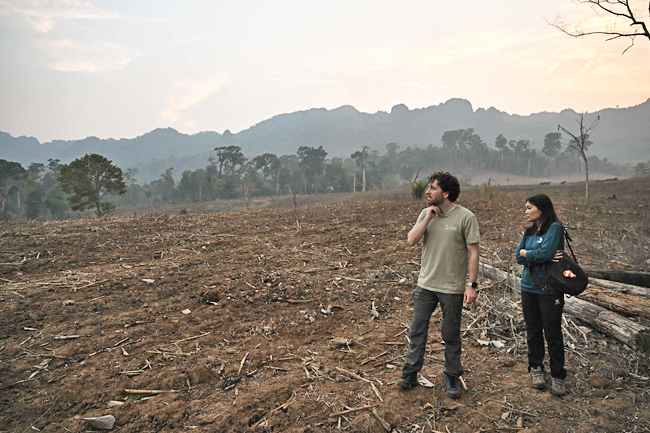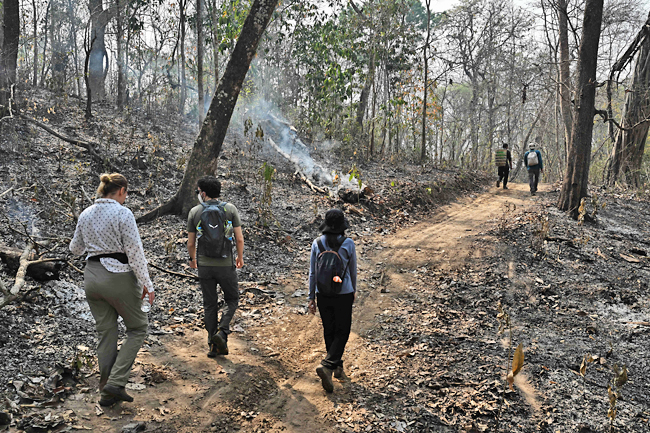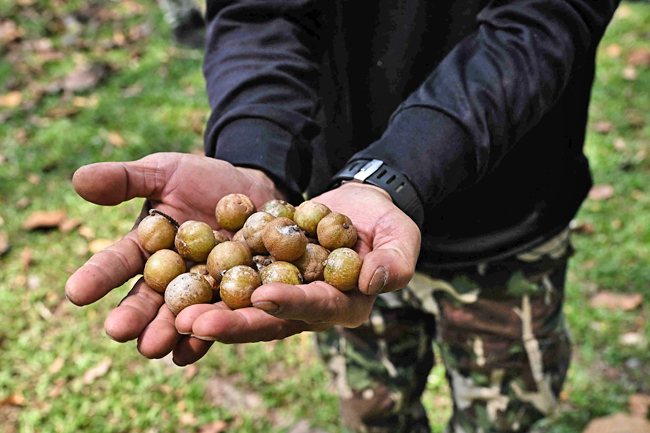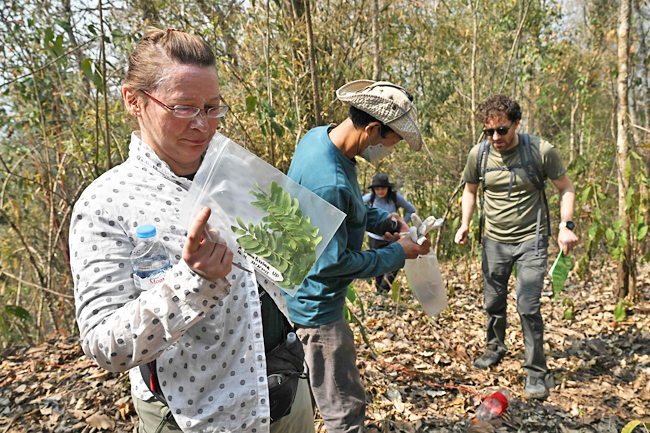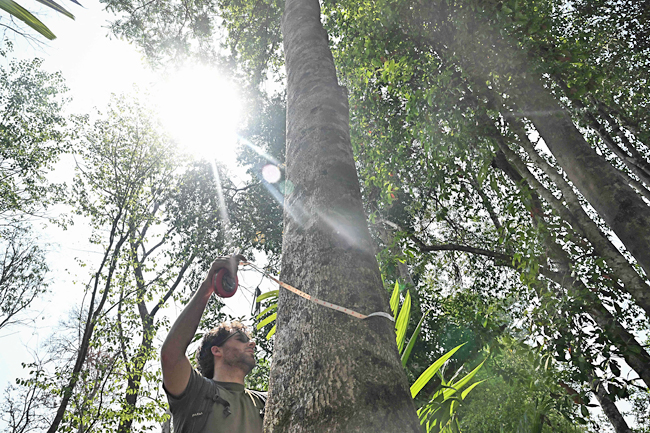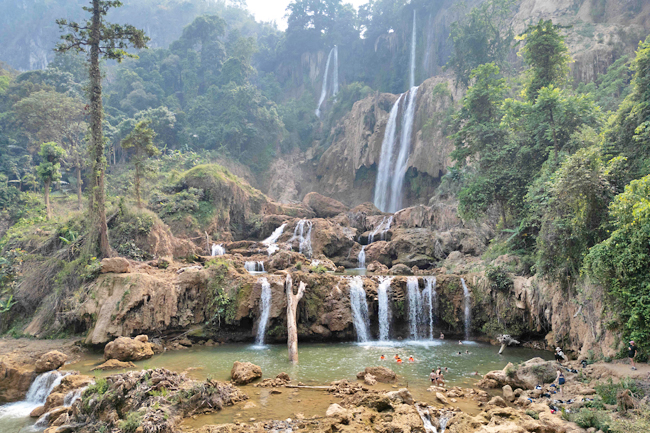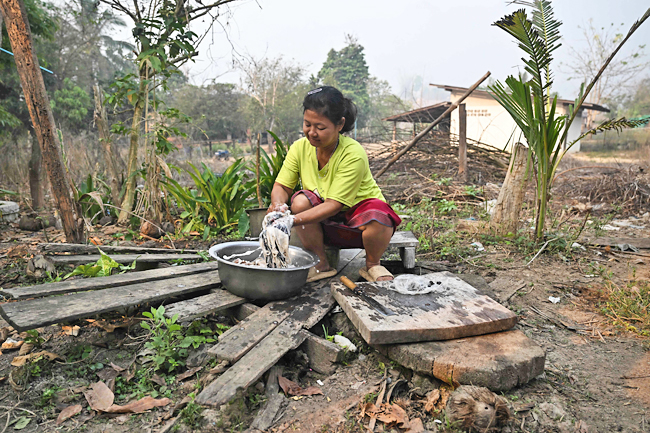AFP – Scientist Inna Birchenko began to cry as she described the smouldering protected forest in Thailand where she was collecting samples from local trees shrouded in wildfire smoke.
“This beautiful, diverse community of trees and animals is being destroyed as you see it, as you watch it,” she said.
Birchenko, who is a geneticist at Royal Botanic Gardens, Kew, was collecting seeds and leaves in Umphang Wildlife Sanctuary with colleagues from Britain and Thailand.
They will study how temperature and moisture affect germination and whether genetics dictate those responses.
That may one day help ensure that reforestation is done with trees that can withstand the hotter temperatures and drier conditions caused by climate change. But in Umphang, a remote region in Thailand’s northwest, the scientists confronted the toll that human activity and climate change are already having on forests that are supposed to be pristine and protected.
Birchenko and her colleagues hiked kilometre after kilometre through burned or still-smouldering forest, each footstep stirring up columns of black and grey ash.
They passed thick fallen trees that were smoking or even being licked by dancing flames, and traversed stretches of farmland littered with corn husks, all within the sanctuary’s boundaries.
The wildlife for which the sanctuary is famous – hornbills, deer, elephants and even tigers – was nowhere to be seen.
Instead, there were traces of the fire’s effect: a palm-sized cicada, its front neon yellow, its back end charred black; and the nest of a wild fowl, harbouring five scorched eggs.
“My heart is broken,” said PhD student at Chiang Mai University’s Forest Restoration and Research Unit (FORRU) Nattanit Yiamthaisong, who is working with Birchenko and her Kew colleague Jan Sala.
“I expected a wildlife sanctuary or national park is a protected area. I’m not expecting a lot of agricultural land like this, a lot of fire along the way.”
The burning in Umphang Wildlife Sanctuary is hardly an outlier. Wildfires are common in Thailand during the country’s spring burning season, when farmers set fields alight to prepare for new crops.
Some communities have permission to live and farm plots inside protected areas because of their long-standing presence on the land.
Traditionally, burning has helped farmers enrich soil, and fire can be a natural part of a forest’s ecosystem. Some seeds rely on fire to germinate.
But agricultural burning can quickly spread to adjacent forest – intentionally or by accident.
